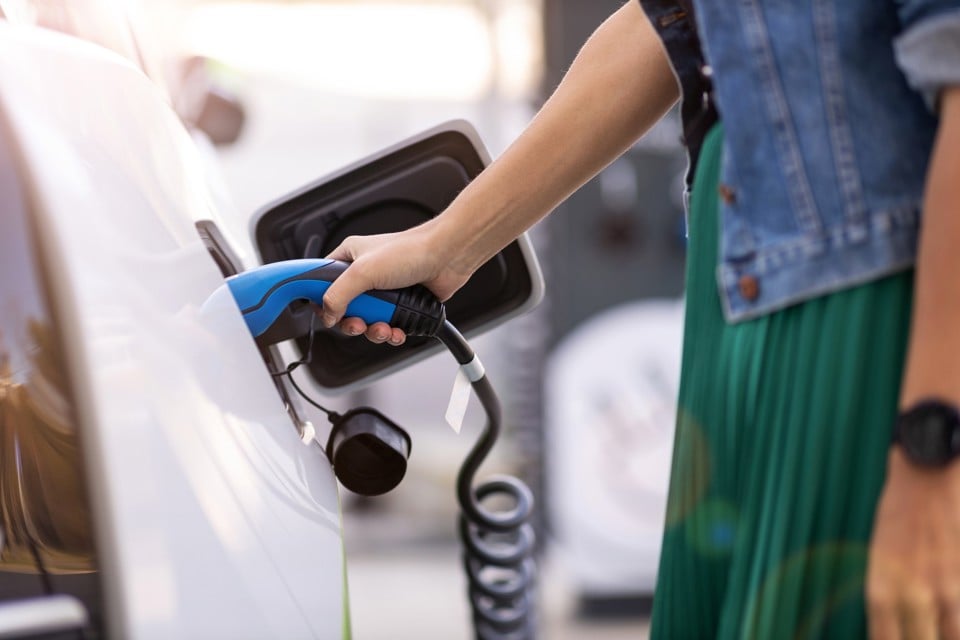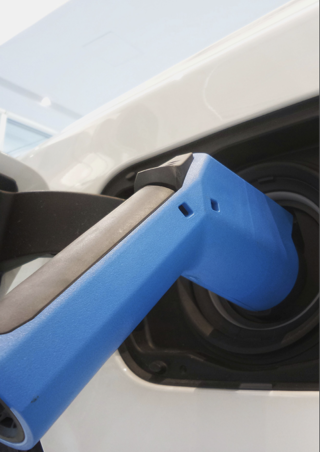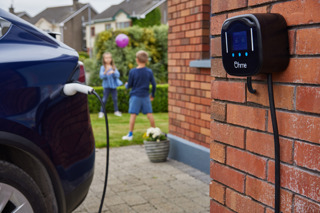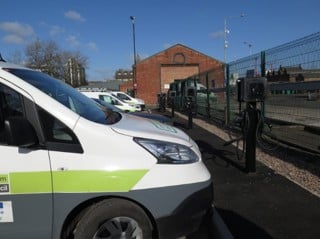Electric vehicle (EV) drivers are potentially missing out on savings worth hundreds of pounds by not switching to specialist home charging tariffs, research suggests.
Mina found that the average pence per kWh cost for charging at home was marginally lower than the average overall home energy cost.
The EV payment specialist says that this suggests drivers are not using lower off-peak or EV-specific tariffs enough.
The average home charge was 30p per kWh - only slightly less than the average cost of all home electricity at 34p per kWh for the period analysed – according to Mina’s analysis of more than 60,000 plug-in events.
Furthermore, Mina found that there were more than 800 different home tariffs which, it says, causes customer confusion and an inability to work out if, or how, they should move to a more suitable tariff.
Mina says that this potentially meant some drivers were paying more than six times more than they could be to charge: equivalent to spending £15 more on each home charge for a typical EV with a 60kWh battery.
Over 20,000 miles a year, that would equate to around £1,500 that could otherwise have been saved.
“The lowest rate in our data of 60,000 charges was 5p per kWh for an EV specific home tariff, yet the average cost was 30p per kWh,” said Mina CEO Ashley Tate.
“Clearly, those two numbers are a long way apart which suggests there is more work to do, in that not enough drivers are on specific tariffs that will save them money.”
Tate claims that there is no lack of desire from energy suppliers to offer EV tariffs and help drivers make the switch, but with current wholesale energy costs being so high and unpredictable, they are finding it hard to launch these tariffs.
However, he added: “I do think we’ll see more of these coming to the market over the next two years. They are vitally important for the development of the EV market.
“We have spoken to some EV owners who have been contacted by forward-thinking energy firms about the possibilities of switching to a more suitable tariff, and that’s really good to hear how they are changing over and saving money.”
Octopus Energy’s Intelligent Octopus tariff, for example, allows drivers to charge for 10p an hour during a six-hour window when it is best for the grid.
Alex Schoch, head of flexibility at Octopus Energy Group, said: “As more low-cost renewables join the grid, these costs will only fall further - helping reduce the impact of travel on our wallets, as well as the planet.”
Often EV-specific tariffs have a shorter low-cost window at night for charging than standard off-peak, but the charges are considerably less during that period.
Issues drivers should be aware of when considering an EV tariff
- Do you understand how much energy you are using at home to charge your EV?
- Is a nightly 4-5 hour EV tariff window enough for daily charging needs, and can you schedule your EV charge to fit into it?
- Often the accompanying peak tariff rate is higher than average. Would the rest of your home energy bills negate the savings of the EV-specific element?
- Would a standard off-peak tariff, which is a higher cost at often around two-thirds that of peak, but goes on for longer (usually around eight hours), be a better bet?
To download a copy of Mina’s EV Report, click here.
> Interested in comparing electric vehicle data? Check out our EV tool.
> Interested in ensuring the efficient use of EVs. Check out our dedicated editorial sections: Insight & policy | EV news | Charging & infrastructure | Costs & incentives | Benefit-in-kind | EV case studies | EV road tests






















Login to comment
Comments
No comments have been made yet.